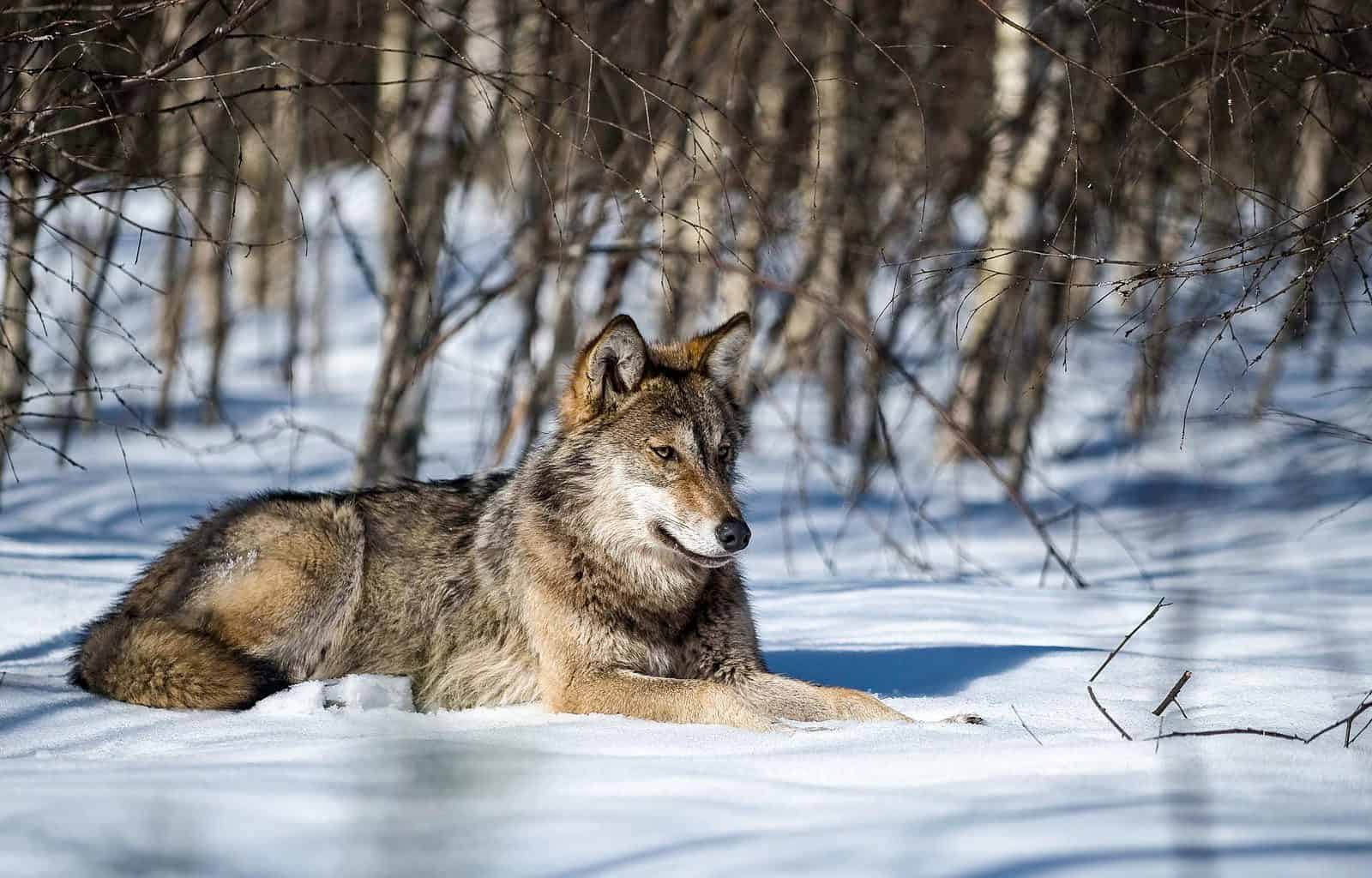Eurasian otters to be killed in Salzburg
The Eurasian otter is a strictly protected species according to the Fauna-Flora-Habitats-Directive (FFH). Nevertheless, Austria has already allowed in the past the killing of certain individuals and populations. Recent news from the WWF indicate that this might happen again – this time in Salzburg. After loosing the appeal to shoot a wolf – also a strictly protected species – the federal state now tries to tackle the next species. The argument used to justify the killing of fish otters is still the same: they threaten fish populations. But is this actually true?
Please also read: NGOs win appeal: Wolf in Salzburg safe
Two myths regarding the Eurasian otter
Two myths surround the Eurasian otter. They, supposedly, eat until rivers and streams are empty and also cause the extinction of crabs and amphibians in such. But neither of these myths are true.
It is not the otters who cause the decline of fish stocks. Rather water pollution, the construction of hydropower plants, flood protection measures and poor ecological conditions, among others, harm them. Only about a third of the local rivers and streams are natural or near-natural. This is not only the case in Austria, but all over Europe. Wild rivers that favour a natural equilibrium of the species that live in it are a rarity.
The construction of barriers in rivers and their flow alternation means that rivers are less and less suitable as a habitat for fish and other native species. Fish need, for example, gravel and sand in the right grain size to be able to spawn, or stones and roots that offer them refuge. Obviously, the otter benefits from missing refuges as he can find more fish with less effort. Additionally, chemical and physical factors such as a lack of oxygen or diseases also affect the fish fauna. The otter is, therefore, not the cause of declining fish populations but a selective beneficiary of accumulating negative effects. Overall, in a balanced freshwater ecosystem, the otter regulates fish populations by first catching sick, non-native and easy-to-capture individuals.
The collapse of amphibian populations in recent decades is a result of extensive drainage of wetlands and construction measures on water bodies. Additionally, domestic crab populations suffer from a plague and river pearl mussels from poor water quality. Although amphibians, crabs and mussels are part of the otter’s prey spectrum, it only feeds on a very small proportion of the stock. This predator-prey relationship is a natural process and part of a balanced freshwater ecosystem.
Facing the real causes of declining fish populations
The planned killing of Eurasian otters in Salzburg, thus, is a short-term solution and a distraction from key issues regarding river ecosystems in Austria. The WWF Austria is therefore calling for the legally required rehabilitation of rivers to ensure the survival of fish and other species that depend on the rivers. Not to kill Eurasian otters instead. Overall, the Eurasian otter is a strictly protected species for a reason – it was almost extinct in Austria. Thanks to the strict EU nature protection laws, it has reestablished itself in Austria, and it should be kept that way.







